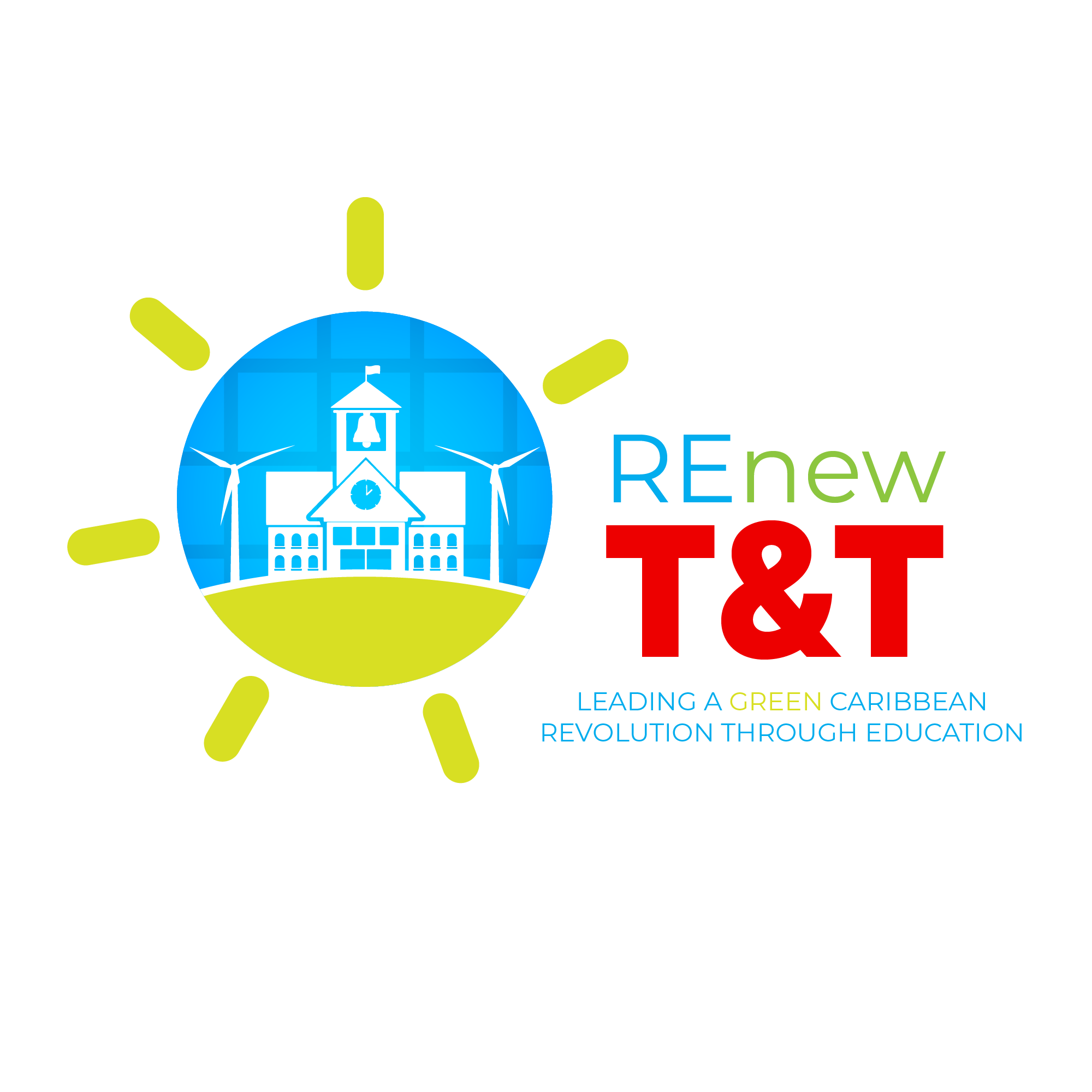Community Relations
Community Relations
Our Community Relations Mission is to drive the “Green Energy Revolution to schools and communities throughout the Caribbean”. Our Community Relations projects in Trinidad and Tobago are executed under the Renew-TT banner, while our projects in Guyana are executed under the Renew-GUY banner.
The organization has two main initiatives: (I) The Re-new School-Based Initiative (RSBI) and (II) The Re-New Community Based Initiative (RCBI). To date, we have initiated one RSBI on the island of Tobago and one RCBI in the South-American country of Guyana.
Renew-TT commenced that mission in 2016 on the island of Tobago with the Re-NEW school-based initiative. To date, the journey has been nothing short of revolutionary.
The Re-NEW school-based initiative, designed by Mr. Adrian Thomas, is based on a three-prong approach targeting secondary school students and institutions within the Caribbean.
The three-prong approach is as follows:
- Energy management/ auditing training to drive home the value of energy conservation and energy use through proper techniques in energy conservation;
- Installation of PV solar systems in schools to educate the students on the science behind solar technologies as well as the installation processes of these systems;
- Educating young persons about recycling and collecting recyclable materials;
And a recently added fourth component:
- Using collected recyclables and upcycling same.
A key outcome of Re-NEW school-based initiative is to educate and train students in understanding the future of energy and carbon mitigation in the Caribbean.
Through mentoring and training, students are now more informed and empowered champions for a greener, cleaner Tobago.
CORE ACHIEVEMENTS & IMPACT OF THE RENEW-SHSS INITIATIVE
- Prong 1- Educating and engaging the student population about the benefits of recycling and collecting recyclable materials. Quantifying just one type of material, in 1 month 12,000 bottles were collected.
- Prong 2 – The execution of energy management/ audit training to drive home the value of energy conservation and energy use through internationally recognised techniques in energy conservation. 70 Students were fully trained and can now conduct their own energy audits.
- Prong 3 – The installation of a solar pv systems to educate and train students and teachers about the science behind solar technologies as well as the installation and maintenance processes of this system. With the solar PV system now powering the computers and lighting in the library, the building is now more energy efficient, with energy consumption at its minimum and no excess electrical power being consumed.
The RENEW-SHSS was made possible through the kind support of The British High Commission of Port-of-Spain, BHP Billiton, Shell, Massy Foundation and E-IDCOT (THA).
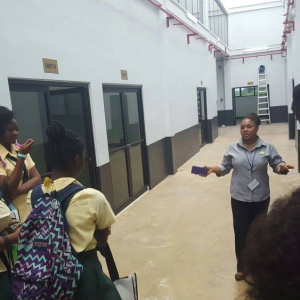
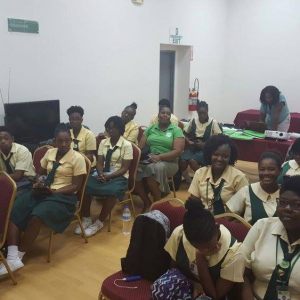
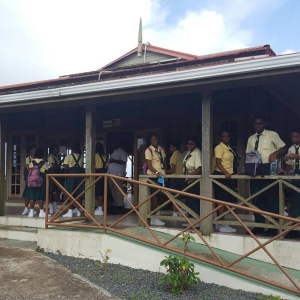
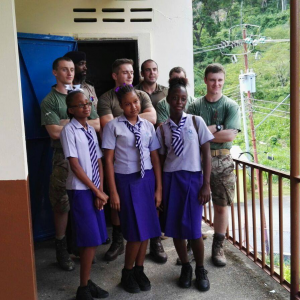
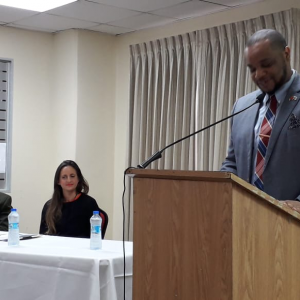
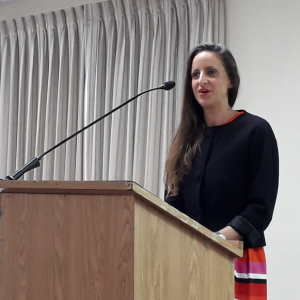
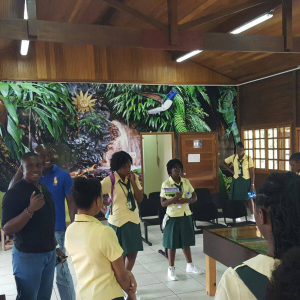
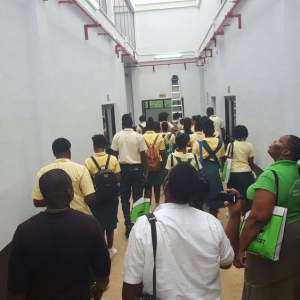
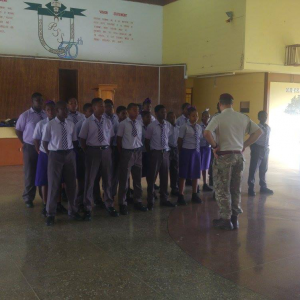

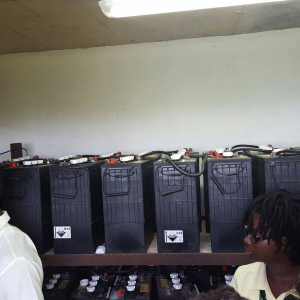
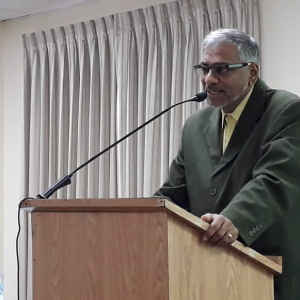
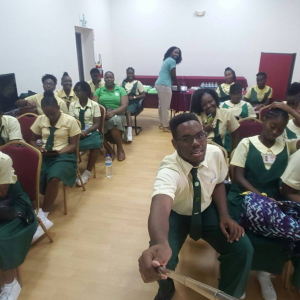
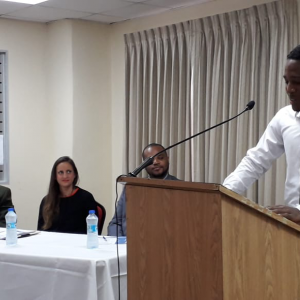
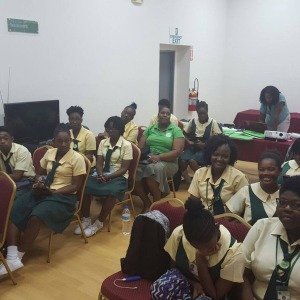
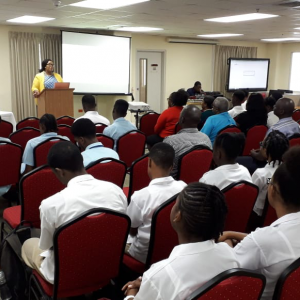
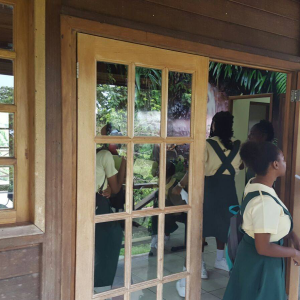
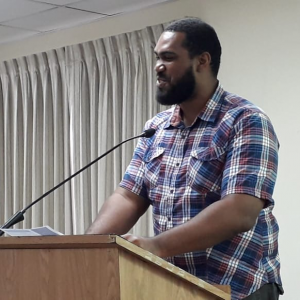
RENEW-GUY
In Guyana, our community initiative was implemented in the Cuthbert’s Mission, an indigenous Amerindian village on the Mahaica River in the Demerara-Mahaica region (Region 4) of Guyana. During project implementation, we executed a Solar WASH project installing a solar energy powered water system, gravity lights, solar atmospheric water generators, LED lights, solar chargers and solar water cookers.
When installed, this pump, replaced the now defunct pump and served to provide water to all 1800 residents of the village. Currently, the residents who are 60% female, use the river as their main source of water for drinking, washing and cooking. The river however, is frequently used by miners, which not only poses a personal security risk to the female villagers, but also leads to large amounts of effluence in the water source which led to the prevalence of water borne diseases in the community.
This project serves 1800 residents, provide a clean source of drinking water and assist in making the village energy independent.
Projects
- Bloody Bay solar visit, 2017
- British Army Roxborough visit, 2017
- EIDCOT Visit, 2017
- Signal Hill Secondary graduation, 2017
- St Cuthbert’s Mission visit, Guyana, 2019
- Amerindian hostel, Guyana, 2020
